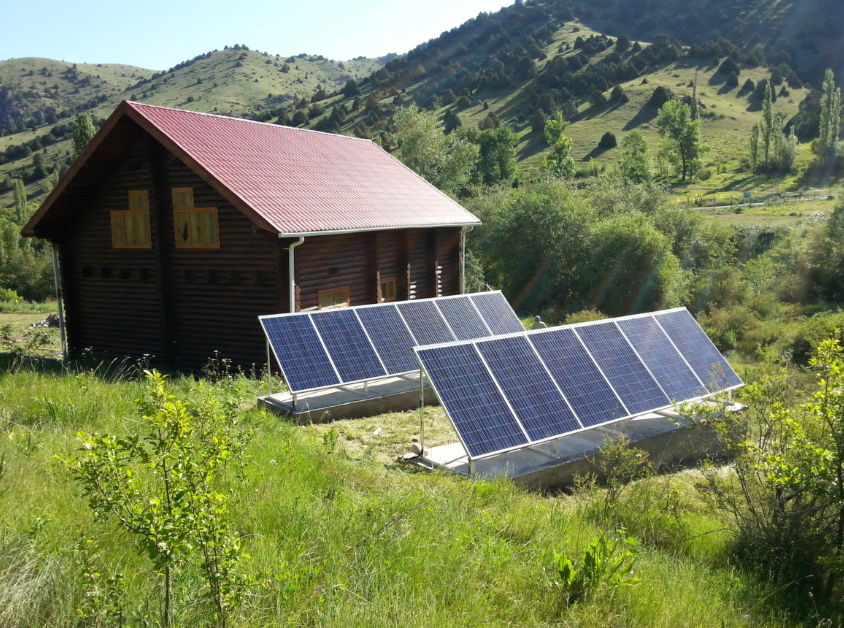Off-grid solar in NZ is designed to function independently of the utility grid. They are often used in remote locations where it is not practical or economical to connect to the grid. However, with the advances in solar technology, more and more people are choosing to go off-grid even when they have the option to connect to the utility grid.
There are many reasons for this, including the desire to be independent of the utility company, to save money on electric bills, or to have a backup power source in case of a grid outage.
Planning Your Off-Grid Solar System
The first step in creating your own system is to determine what kind of power source you want to use. There are two main options: grid-tied systems and stand-alone systems. The biggest difference between the two is that grid-tied systems share power with the local utility company, while stand-alone systems don’t.
Choosing The Right Components
The first thing you should do is choose the right components for your system. There are many different types of components that you can choose from batteries, inverters, charge controllers and solar panels. These components are what make up a solar grid system, and they all work together in order to keep your home running smoothly while using renewable energy sources such as sunlight or wind power.
Designing Your Battery Bank
Then you need to design your solar system in Tiny homes in NZ as a battery bank. This is where you store the energy generated by your solar panels. The size of your battery bank will depend on how much energy your household uses. For example, if you want to power lights in your home at night and charge phones during the day, then a smaller battery bank would work just fine. If you want to run appliances like refrigerators and washing machines, then a larger bank would be required.
How To Size A Solar Array
The next step is to size the array (or number) of solar panels required for your system. The most efficient way to do this is by looking at how much electricity you expect to use over time and multiplying that number by the hours of sunlight available per day at your location. For example, if you have an average daily usage of 10 kWh and there are 8 hours of sunlight per day at your location, then you’d need 80 watts worth of solar panels.
Conclusion
The off-grid solar in NZ has developed rapidly over the past several years. However, there is still some degree of uncertainty on how exactly these systems will be used in the future.
For more information visit this website!


